Electric Potential Difference OR Voltage:

• Consider the task of moving a positive test charge within a uniform electric field from location A to location B as shown in the diagram.
• In moving the charge against the electric field from location A to location B, work will have to be done on the charge by an external force.
• The work done on the charge changes its potential energy to a higher value; and the amount of work that is done is equal to the change in the potential energy.
• As a result of this change in potential energy, there is also a difference in electric potential between locations A and B.
• This difference in electric potential is represented by the symbol ΔV and is formally referred to as the electric potential difference.
• By definition, the electric potential difference is the difference in electric potential (V) between the final and the initial location when work is done upon a charge to change its potential energy.
• Because electric potential difference is expressed in units of volts, it is sometimes referred to as the voltage.
Current:
• Current has to do with the number of coulombs of charges that pass a point in the circuit per unit of time (not with how much of potential energy that charge carries).
Answer:
As the charge moves through the circuit it loses its electric potential hence voltage drops.
The charge is simply the medium which moves the energy from location to location.
While the energy possessed by the charge may be used up (or say that the electric energy is transformed to other forms of energy), the charge carriers themselves do not disintegrate, disappear or otherwise become removed from the circuit.
That's why voltage drops but current is same (charge carriers that pass a point does not change only their energy becomes used up)
Images used and explanations from physicsclassroom.com website

